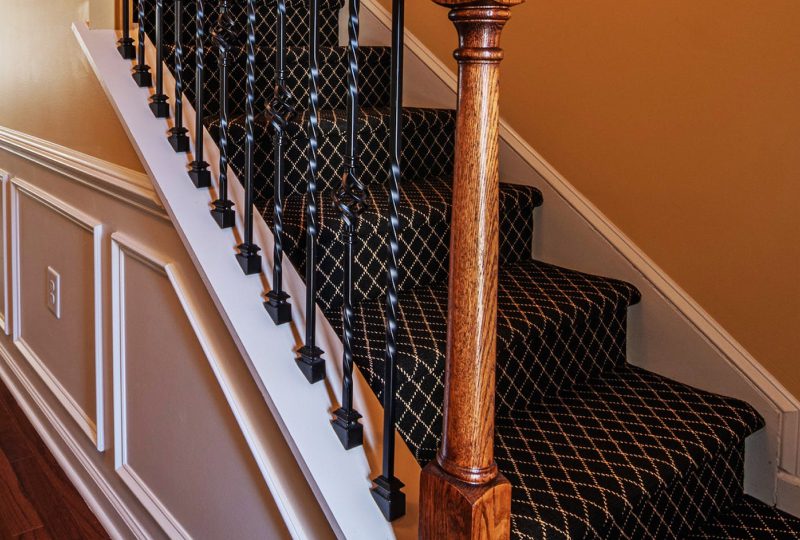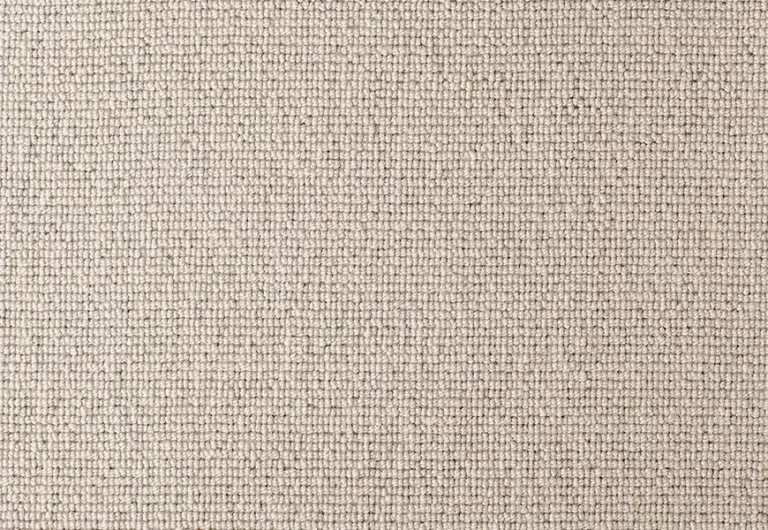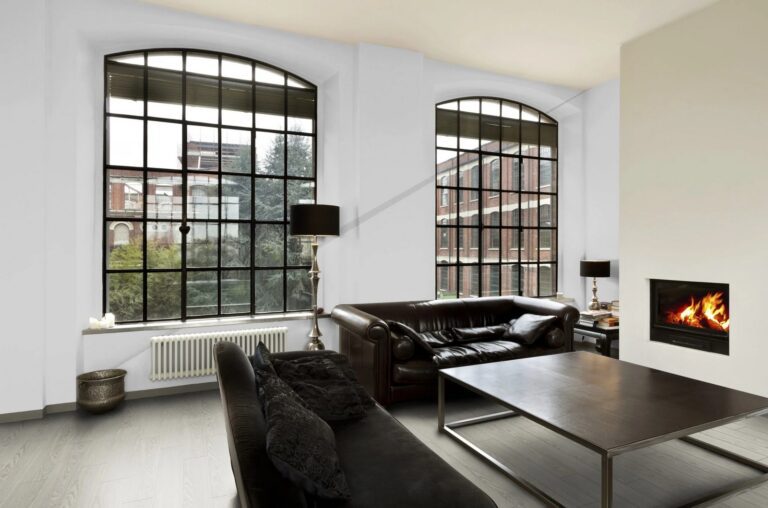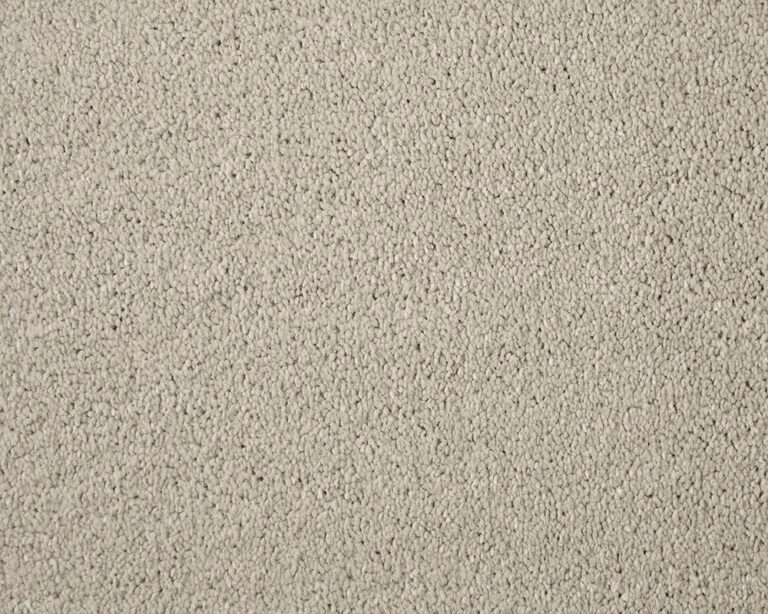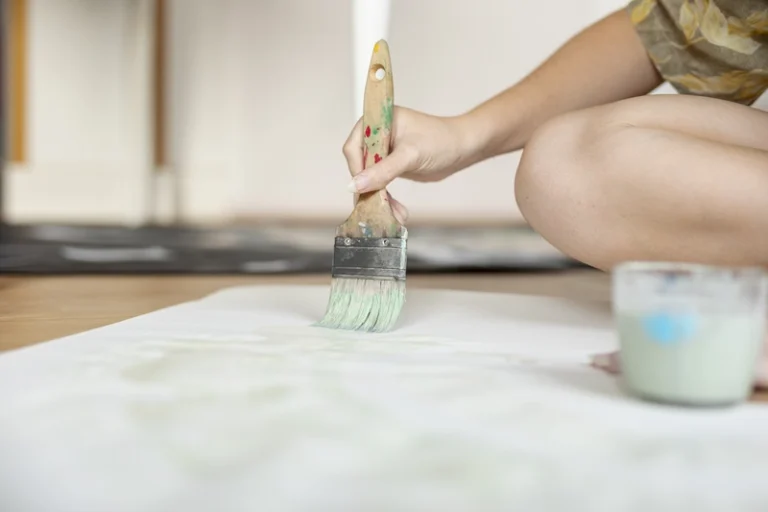Are you considering installing carpet on your stairs but unsure of how to measure carpet for stairs? Measuring carpet for stairs is an important step in the installation process to ensure a perfect fit and a polished look.
In this article, we will discuss the steps involved in measuring carpets for stairs, the factors to consider, the necessary tools, and common mistakes to avoid. Whether you are a DIY enthusiast or a homeowner looking to hire a professional, understanding the measurement process is essential for a successful carpet installation on your stairs.
How to Measure Carpet for Stairs
Measuring how much carpet for 15 stairs,13 stairs involves a systematic approach to determining the required dimensions and quantities, ensuring an accurate and tailored fit. It encompasses steps such as measuring the width and depth of each step and calculating the total area to obtain precise results.
Utilising a reliable carpet calculator for stairs can streamline the process and provide accurate measurements in feet or inches.
Before beginning the installation process, it’s important to accurately measure the width and depth of each step. This can be done by using a tape measure to determine the distance from the inner edge of the tread to the inner edge of the riser. Once these measurements are recorded in either inches or feet, they can be used to calculate the total square footage needed for the project.
To make this calculation easier, consider using a carpet measurement tool. This tool will allow you to simply multiply the width and depth of each step to determine the total area that needs to be covered. By doing this, you’ll have a comprehensive overview of the quantity of carpet required for your stairs.
Step 1: Measure the Width of Each Step
To measure the width of each step for carpet installation, begin by determining the dimensions of the tread and accounting for any variations such as drop steps, ensuring precise coverage and fit.
Having accurate measurements is crucial for a successful carpet installation. This ensures that the carpet fits each step perfectly and provides a polished, professional look. When dealing with drop steps, it’s important to measure the width at both the tread and the widest part of the step to accommodate any differences. This precision allows for adjustments to be made as necessary, providing a seamless finish.
Understanding the nuances of each step’s dimensions is fundamental to achieving a high-quality result.
Step 2: Measure the Depth of Each Step
Measuring the depth of each step is essential for determining the amount of carpet and underlay needed, ensuring proper coverage and support for a secure installation.
When measuring the step depth, it’s important to use a tape measure to get accurate readings. This ensures that the carpet and underlay will fit snugly without excess material.
Understanding the variations in step height allows for adjustments to be made in the underlay for consistent support. By taking precise measurements, it’s possible to minimise wastage and optimise the use of materials for a cost-effective and environmentally friendly installation.
Step 3: Calculate the Total Area of the Stairs
Calculating the total area of the stairs involves creating a detailed sketch of the layout and utilising precise measurements to determine the required carpet coverage. This includes accounting for any variations in the hallway or landing.
To begin, take accurate measurements of the width and length of each step and the landing area. These measurements will then be used in a formula to calculate the area of each individual section.
By adding up these areas, the total carpet coverage needed for the stairs can be determined. However, it’s important to also consider any irregularities or non-standard shapes in the layout, as they can affect the total area requiring coverage. The sketch and measurements provide the foundation for selecting and installing the right amount of carpet for the stairs.
Should I add extra inches when measuring?
Yes, it is recommended to add a few extra inches to your measurement to account for any cutting and fitting that may be required. This will ensure that your carpet fits perfectly and avoids any shortage.
What if my stairs have curved or angled edges?
If your stairs have curved or angled edges, it is recommended to seek professional assistance to ensure accurate measurements. They will have the expertise and tools to accurately measure and cut the carpet to fit the unique shape of your stairs.
Things to Consider When Measuring Carpet for Stairs
Several key factors influence the measurement of carpet for stairs, including the pattern and direction of the carpet, its thickness, and the precise placement on the stairs. These considerations ensure an optimal fit and visual appeal when installing the carpet.
When considering the pattern of the carpet, it’s crucial to assess the scale and repeat the design. This ensures that it complements the shape and size of the stairs. The direction of the carpet pile also plays a role in how light reflects and the overall wear and tear.
Thickness is another important factor to consider. Thicker carpets offer more cushioning and resilience against heavy traffic. Proper placement of the carpet involves accurate cutting and fitting to guarantee a seamless and secure installation.
a. Pattern and Direction of the Carpet
Selecting the appropriate pattern and direction of the carpet is crucial for achieving a visually appealing and cohesive look. This ensures that the fibres align harmoniously and the placement enhances the overall aesthetics of the staircase.
When choosing a pattern, it’s important to consider the size and shape of the stairs. A larger pattern can make a bold statement, while a smaller one may complement the size of the stairs.
The direction of the pattern can affect the way the carpet appears on the stairs. For example, a vertical direction can make the stairs appear longer, while a horizontal direction can make the stairs appear wider.
b. The thickness of the Carpet
The thickness of the carpet impacts both the comfort and the suitability for specific installations, particularly in scenarios involving high-quality materials or underfloor heating. This requires careful consideration to ensure an optimal fit and performance on the stairs.
Thicker carpets provide a more cushioned feel underfoot, offering enhanced comfort while walking up and down the stairs. The material quality also plays a crucial role in determining the durability and longevity of the carpet on stairs, especially in high-traffic areas.
Carpet thickness can influence the overall appearance and performance of the stairs, making it essential to select the appropriate thickness for this specialised application. Regarding specialised installations, such as carpeting on stairs, carpet thickness should align with the specific requirements of the setting to ensure safety, comfort, and longevity. Proper consideration of these factors contributes to the overall satisfaction and performance of the carpet on the stairs.
c. Placement of the Carpet on the Stairs
Strategic placement of the carpet on the stairs accounts for factors such as doorways, underlay accessories, and alignment, ensuring a seamless and tailored installation that enhances the overall functionality and visual appeal of the staircase.
Choosing the right carpet placement for stairs involves considering the flow of traffic and the specific dimensions of each step.
Proper alignment not only provides a polished look but also contributes to safety. Placing the carpet in such a way that it lines up with doorways at the top and bottom of the stairwell creates a cohesive and visually appealing transition.
Using high-quality underlay accessories can significantly impact the comfort and durability of the carpet, complementing the overall aesthetic while ensuring practicality.
Tools to Measure Carpet for Stairs
Accurate measurement of carpet for stairs requires essential tools such as a reliable measuring tape to capture precise dimensions and a calculator to determine the required quantities and dimensions with efficiency and accuracy.
When measuring stairs for carpet installation, having a quality measuring tape is crucial, as it ensures that the length and width are accurately recorded to avoid unnecessary wastage or shortage of materials.
A calculator plays a vital role in swiftly computing the total area to determine the exact quantity of carpet needed for the project. These tools provide a streamlined process, enabling proper planning and cost-effective utilization of materials.
a. Measuring Tape
A measuring tape is a critical tool for capturing precise dimensions in inches or other units, ensuring accuracy and reliability when measuring carpets for stairs and related installations.
Regarding measuring carpets for stairs, the measuring tape plays a crucial role. Its flexible yet sturdy nature allows for precise measurement around corners and edges, ensuring the perfect fit for each step.
By utilising the appropriate units, such as inches, the measuring tape helps to ensure the accurate calculation of the carpet needed for the installation. This reduces wastage and ensures a seamless finish.
Can I use a ruler or measuring tape to measure carpet for stairs?
Yes, you can use a ruler or measuring tape to measure carpet for stairs. However, it is recommended to use a measuring tape as it is more flexible and easier to use for measuring the depth and width of the stairs.
b. Calculator
Using a reliable calculator, including dedicated carpet calculator for stairs, streamlines the process of determining required quantities and dimensions, facilitating efficient and accurate measurements for carpet installations.
These specialised calculators are invaluable tools for ensuring that every step is accounted for and that the carpet measurements align precisely with the unique dimensions and angles of staircases.
By inputting the specific width, depth, riser height, and tread depth of each individual stair, these calculators can generate precise quantities of carpet required, minimising waste and maximising efficiency. They provide accurate estimates for components such as underlay and gripper rods, allowing for comprehensive planning and cost-effectiveness.
How to Install Carpets on Stairs
The installation of carpet on stairs involves meticulous attention to detail, including the proper placement of underlay, considerations for underfloor heating, and ensuring secure and tailored positioning for each step, providing a comprehensive guide for a successful and durable installation.
Properly preparing the stairs before installing the carpet is essential to ensure longevity and appeal. Begin by thoroughly cleaning the stairs and removing any remnants of the old carpet.
Evaluate the condition of the stairs and repair any damage or creaks to create a smooth surface. When selecting underlay, opt for options specifically designed for stairs to enhance comfort and durability.
If underfloor heating is present, ensure that the underlay is compatible with this system to facilitate proper heat distribution. Securely position the carpet on each step, ensuring a snug fit without any wrinkles or bunching, as this will not only enhance safety but also add an aesthetic appeal to the staircase.
Check the complete guideline here : How To Install Carpet On Floors And Stairs [DIY Guide]
Typical Errors When Measuring Carpets for Stairs
Common mistakes in measuring carpet for stairs include inaccurate dimensions, overlooking the impact of variations such as landing, and disregarding the importance of a comprehensive free measurement check.
This emphasises the significance of seeking professional assistance, such as at TEKA Flooring. Incorrect measurements can lead to wastage of material and improper fitting, resulting in additional expenses and a subpar aesthetic appeal in your home. Moreover, carpet installation errors can pose safety hazards, especially on stairs, where proper dimensions are crucial.
Professional assistance at TEKA Flooring, for instance, provides expert guidance and offers accurate measurements to ensure the precise accommodation of carpets, eliminating the potential pitfalls of DIY estimations.
TEKA Flooring also got you covered on the carpets and floor fitting services as we understand well that installing carpet as flooring requires professionals’ handy work. So, there’s no need to worry about that matter.
Read also: What Is The Best Carpet Underlay: A Comprehensive Guide







